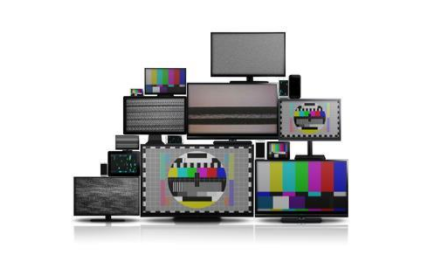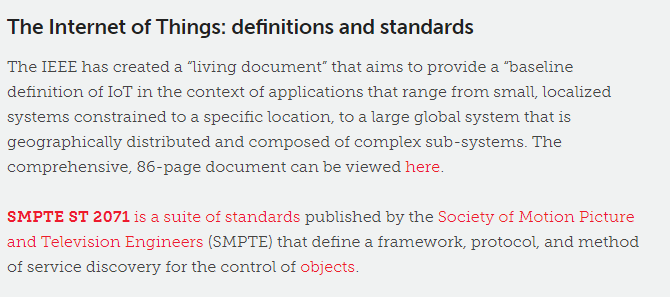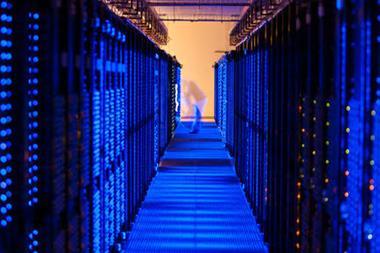Tech Marketing Content was commissioned by IBC365, part of the International Broadcasting Convention, to produce content and market analysis on how tech advances are impacting the broadcast, media and entertainment industry as digital disruption hits and sectors converge
i. Artificial Intelligence in broadcasting
Evidence to date of the use of AI in broadcasting, cinema, TV and advertising can be seen in data analytics, network optimisation and the production of usable cinema content.
Read the full piece: Netflix and IBM are leading the charge on artificial intelligence in media
The second in the AI in broadcasting series:
ii.What is the future role for Enterprise IT in media and broadcast?
For many years, IT rested on three-year refresh cycles and perpetual software licence costs. These were the building blocks of the global IT industry.
Traditionally the Chief Information Officer (CIO) would have a relationship with the Finance Director, but would have very little board level influence and even less interaction with the business owners. The purpose of IT in many organisations was a support function which focused on streamlining processes and driving out costs.

Read the full piece: No longer just a support function, enterprise IT in broadcasting now sits at the strategic centre
iii. Cyber security in Broadcasting
The threats are real and growing but cyber security is a reality to be managed not a battle to be won
In today’s digitally disrupted market the traditional broadcasting industry is becoming exposed to cyber risks already well-known to born-on-the-internet content companies.
Those risks are regulatory and adversarial. They include threats of cybercrime through distributed denial of service (DDOS) attacks, hacking of personal information, ransomware, stealing of IP and the stealing and illegal distribution of content resulting in financial loss.
Read the full piece: Cyber security in the broadcast market
iv. Technology road maps for broadcast CTOs
There are several big technology themes which are or should be occupying the minds of broadcast CTOs.
Among the most important are new networking technologies such as software defined networking (SDN) and network function virtualisation (NFV). Blockchain development is gathering pace with new services, platforms and pilot projects, and there is the continued development of the Internet of Things (IoT).

Read the full piece: Technology roadmap: Blockchain, Software Defined Networking and IoT
v. How will IOT impact the broadcast industry?
Commonly shared numbers for the scale of the IoT point to as many as 50bn devices connected to the internet by 2020. While this figure is impressive, it doesn’t tell the full story of the implications for industries such as broadcast and media.
Content production, distribution, management and consumption will all be impacted by the IoT.

Read the full piece: IoT and broadcasting: from standards to storytelling
vi. Cloud computing and broadcasting
Within broadcast the migration to cloud platforms for content production and management and delivery is a nascent market.
There are two big trends.
The first is the use of web scale suppliers such as Amazon Web Services and Microsoft for content hosting and delivery over IP.
The second is moving content to the cloud for virtualised production and distribution in response to market dynamics on workflow, formats, cost and customer demand.

Read the full piece: 2017 looks set to be the year for major investment in cloud solutions
vii. Data centres for broadcast and media, all you need to know
Data centres are measured in power and white space – megawatts (MWs) and sq metres respectively. The amount of power delivered to the racks – which house the servers, storage and networking equipment is its power density.
Data centres are said to account for 2% of the earth’s electricity use and the booming growth in data – much of which will be HD and then UHD video – is driving innovations in construction and management of data centre facilities.

Read the full piece: Competition is hotting up as the data centre sector sets its sights on the broadcast market.
viii. Edge computing in broadcasting
The shift in viewing patterns and other mobile-based changes in consumer behaviour and web experience expectations is driving an edge computing boom.
The requirements for localised technology which can transport, store and process bandwidth hungry packets such as 4K and UHD content is fuelling the market expansion.

Read the full piece: Mobile edge computing is a fast moving technology wave that is vital to delivering content via forthcoming 5G networks.



